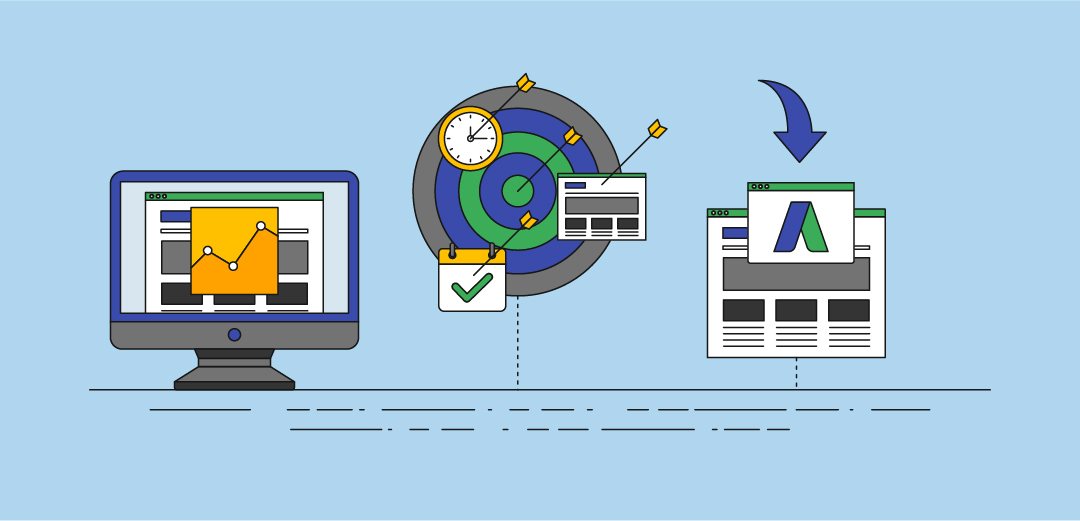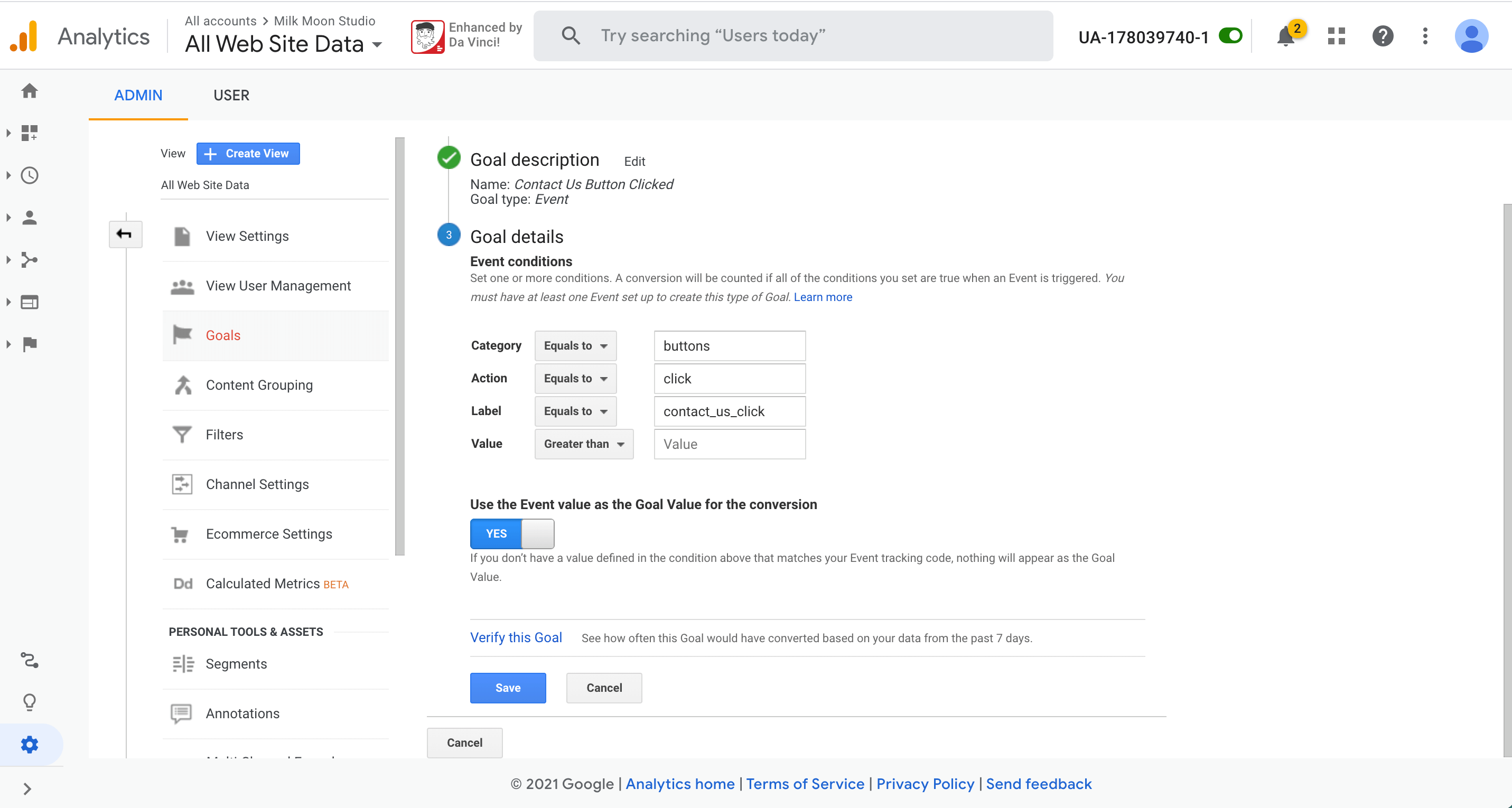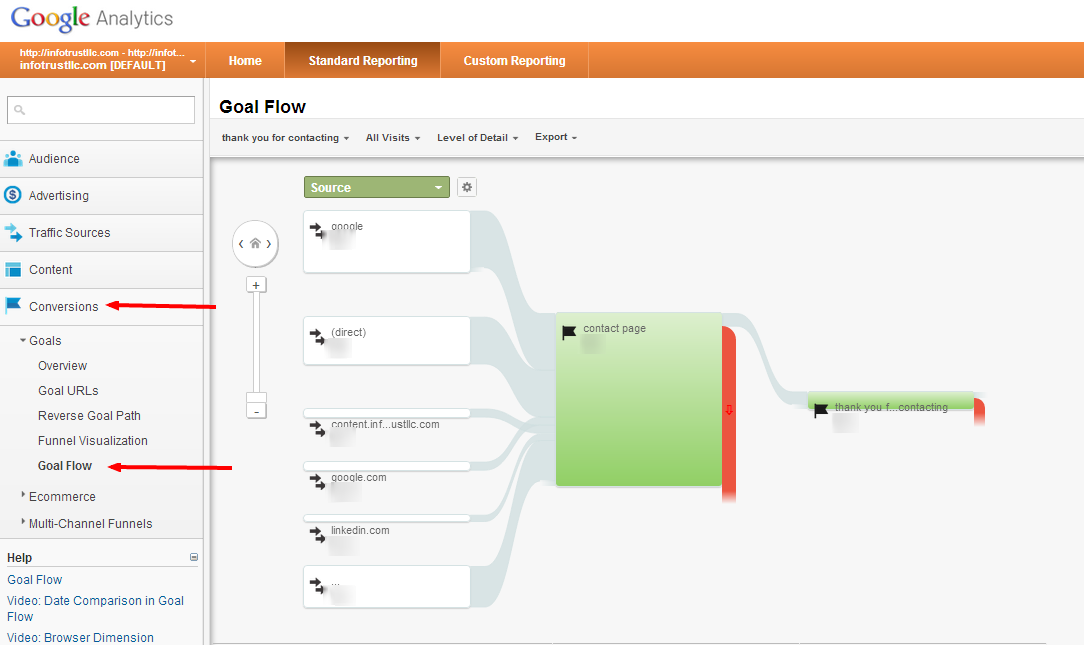Exploring What Data Is Google Analytics Goals Unable to Track
Exploring What Data Is Google Analytics Goals Unable to Track
Blog Article
Unveiling the Blind Attractions: Understanding What Google Analytics Goals Can not Measure
In the realm of electronic analytics, Google Analytics stands as a powerful device for tracking and analyzing on-line customer interactions. Amidst its robust capacities, there exist blind spots that frequently escape dimension. what data is google analytics goals unable to track. Understanding what Google Analytics objectives can not measure is important for gaining an extensive view of individual habits and engagement. As we explore the ins and outs of these dead spots, we uncover a complicated internet of undiscovered territories that hold useful understandings into user activities and inspirations, challenging conventional knowledge and dropping light on the restrictions of our data-driven understanding.
Customer Actions on External Platforms
Recognizing exactly how users interact on external platforms is important for optimizing on-line strategies. Outside systems, such as social media sites networks, referral web sites, and on the internet forums, play a considerable duty in driving web traffic to a company's website. By evaluating user actions on these platforms, businesses can get beneficial insights into the effectiveness of their marketing efforts and the choices of their target audience.
One secret aspect of user habits on external systems is the reference source. By tracking where the users are coming from, companies can recognize which systems are driving the most traffic to their site. This details can assist firms allocate their resources much more effectively, concentrating on the systems that produce the very best results.

Offline Communications and conversions
Examining individual behavior on outside platforms provides beneficial insights into online methods; however, considering offline conversions and interactions is equally vital for a comprehensive understanding of a firm's total performance. Offline conversions, such as in-store purchases or phone inquiries, play a significant duty in numerous businesses' success.

Attribution Beyond Last Click
When delving right into the realm of digital marketing analytics, it becomes vital to look beyond the solitary touchpoint of the last click for a more detailed understanding of attribution. While Google Analytics provides beneficial insights into customer behavior, relying entirely on last-click acknowledgment can be restricting - what data is google analytics goals unable to track. Attribution models that exceed the last click supply a more nuanced sight of the customer trip, thinking about all the touchpoints that lead to a conversion
Acknowledgment past the last click enables marketers to appoint credit score to various communications along the conversion course, providing a more clear image of the performance of different advertising channels. By exploring multi-touch attribution models such as linear, time degeneration, or position-based attribution, services can much better allot their advertising and marketing spending plans and optimize their techniques for optimal effect.
Comprehending the impact of each touchpoint in the conversion process is critical for making educated decisions and maximizing ROI. By accepting attribution past the last click, services can gain much deeper understandings right into customer behavior and customize their advertising and marketing initiatives better.
Cross-Device and Cross-Browser Tracking

Similarly, cross-browser monitoring complements cross-device tracking by capturing customer behavior as they change between various web internet browsers. Comprehending how users communicate with websites on various internet browsers can assist marketing experts optimize their online experiences to guarantee consistency and capability across different systems.
Qualitative Information and User Intent
Comprehending more tips here individual intent via qualitative information analysis is critical for creating targeted digital advertising approaches that resonate with the requirements and choices of the target audience. Qualitative data gives understandings right into the 'why' behind user activities, clarifying inspirations, feelings, and choices that quantitative data alone can not record. By evaluating customer responses, comments, and communications, marketing experts can uncover beneficial info regarding individual intent, permitting them to tailor their messaging, material, and offerings to much better straighten with what their target market is looking for.
Qualitative data likewise helps in comprehending the context in which customers involve with a site or app. This contextual understanding allows marketers to create more tailored and appropriate experiences, inevitably driving higher interaction and conversion prices. By delving right into individual intent via qualitative information evaluation, companies can find more info obtain a much deeper understanding of their target market, bring about extra efficient advertising strategies that satisfy individuals' assumptions and requirements.
Verdict
In final thought, Google Analytics goals have limitations in gauging customer actions on exterior platforms, offline conversions, acknowledgment beyond last click, cross-browser and cross-device monitoring, and qualitative data associated with customer intent. what data is google analytics goals unable to track. It is crucial for businesses to be mindful of these dead spots in order to supplement their information analysis with various other devices and techniques to obtain an extra thorough understanding of their target market and improve their total digital marketing techniques
By examining user habits on these platforms, organizations can obtain beneficial understandings right into the efficiency of their advertising and marketing initiatives and the preferences of their target audience.
Evaluating individual behavior on external platforms supplies beneficial insights into on the internet strategies; however, considering offline conversions and interactions is just as necessary for a thorough understanding of a company's total performance.In digital advertising and marketing analytics, moving beyond last-click attribution to explore cross-device and cross-browser monitoring is necessary for obtaining an alternative understanding of user communications throughout different systems and tools. By examining user comments, remarks, and communications, marketing experts can discover valuable details concerning customer intent, enabling them to tailor their messaging, web content, and offerings to better line up with what their target market is looking Read Full Article for.
By delving into user intent via qualitative data evaluation, companies can obtain a much deeper understanding of their target audience, leading to extra reliable advertising and marketing approaches that fulfill users' requirements and expectations.
Report this page